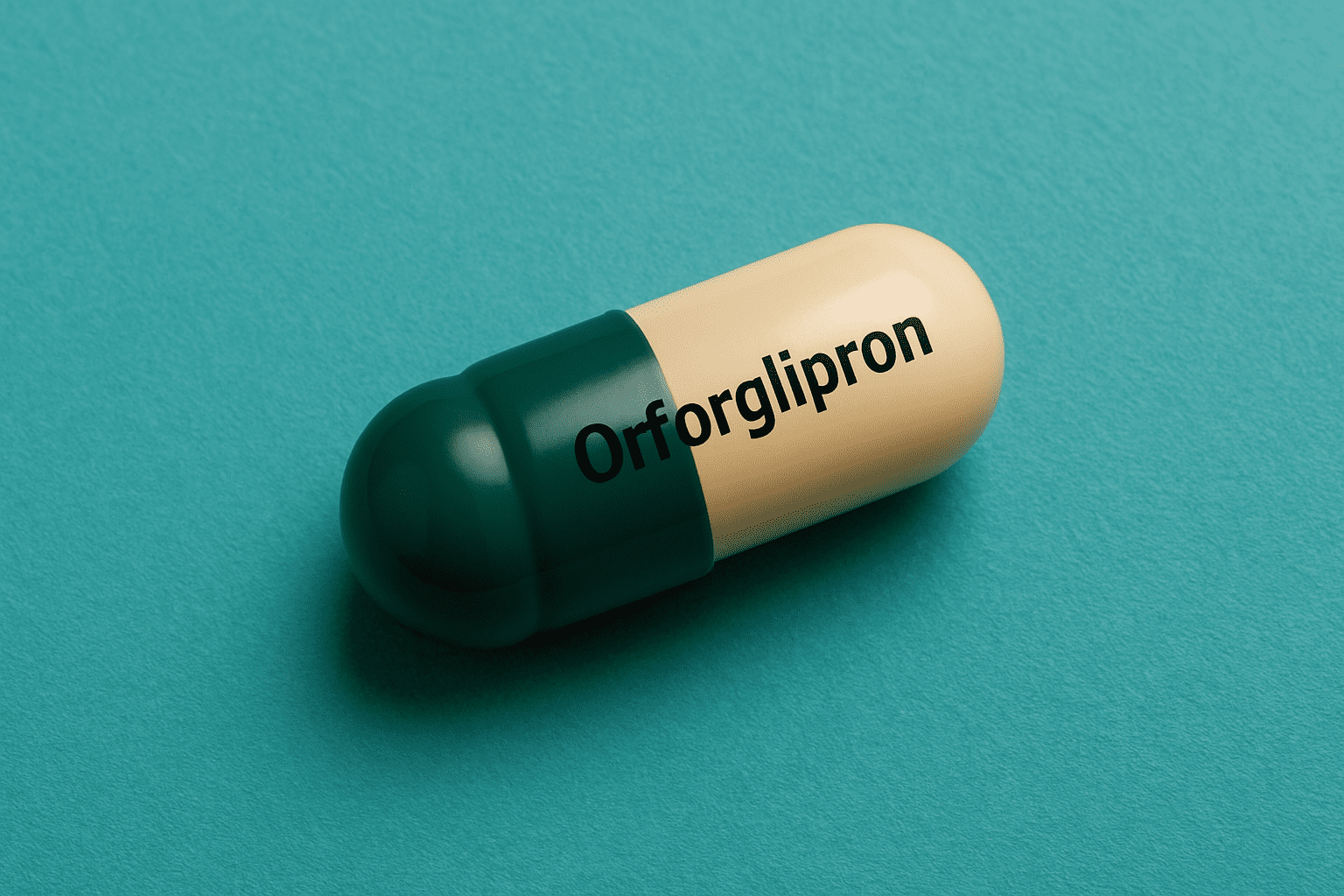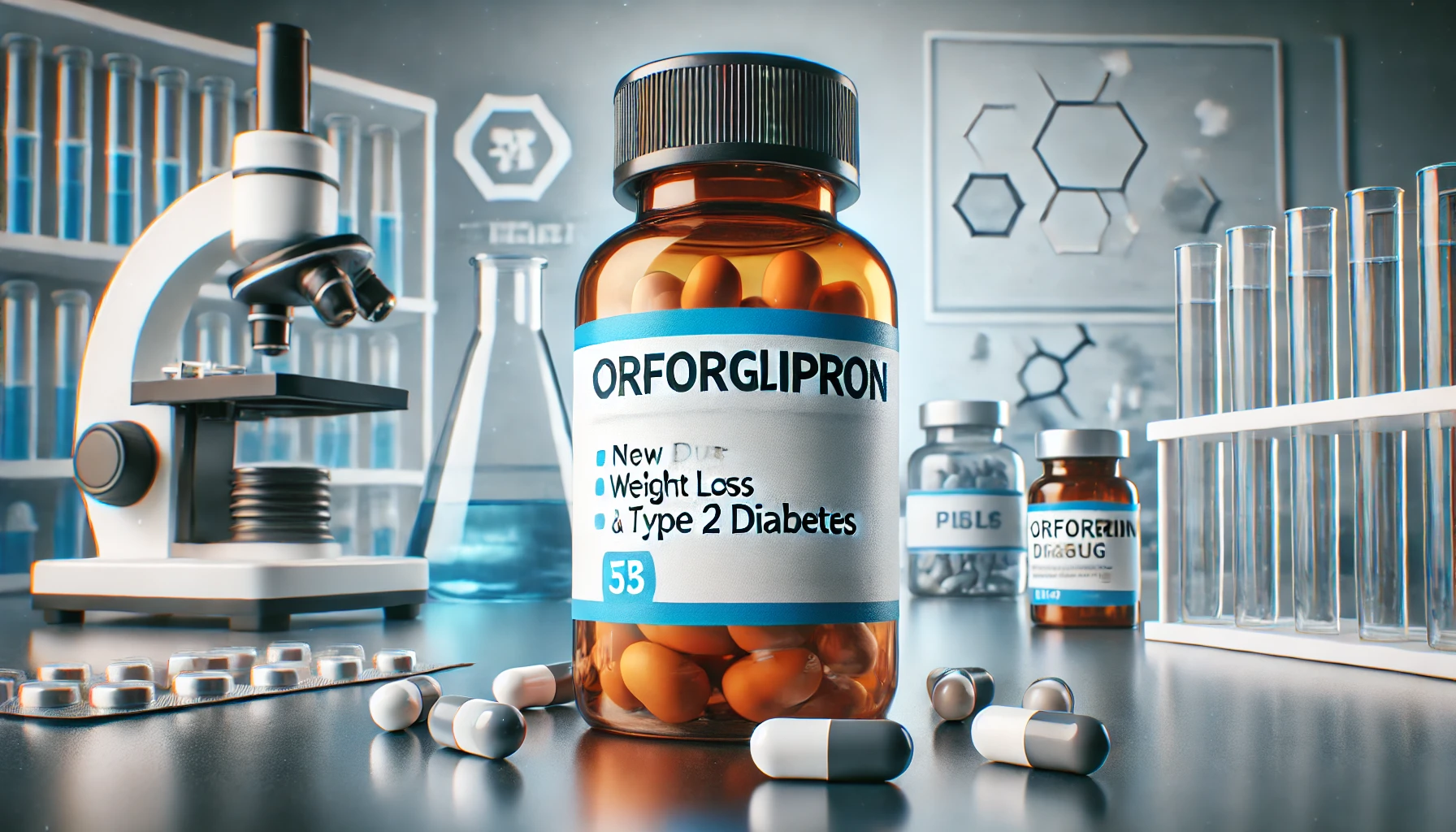Injectables like Ozempic and Wegovy have been game-changers in the fight against obesity and type 2 diabetes. But what if you could get the same powerful effects — without the needle?
Pharmaceutical giants are now chasing a second obesity treatment revolution: compact, oral pills that mimic the effects of these groundbreaking injectables. If successful, these small-molecule drugs could bring the benefits of GLP-1-targeted therapy to millions more — at a fraction of the cost and with fewer side effects.
🧬 What’s So Special About GLP-1?
GLP-1 (glucagon-like peptide-1) is a hormone your body makes to regulate insulin, blood sugar, and appetite. Drugs like semaglutide (marketed as Ozempic or Wegovy) mimic this hormone to:
- Boost insulin release
- Reduce appetite
- Slow digestion
- Promote weight loss
But there’s a catch: these drugs are large peptide molecules, which makes them:
- Expensive to manufacture
- Fragile (must be refrigerated)
- Often injectable (can’t survive your stomach acid)
That’s why companies are racing to develop small-molecule alternatives — pills that work like peptides but are cheaper, stabler, and easier to take.
💡 Small Molecules, Big Impact
Unlike peptides, small molecules can pass through the digestive system intact and be taken as once-daily oral pills. They’re also easier to scale in production.
Leading the pack is Eli Lilly’s orforglipron, which has shown promising weight loss results (up to 14.7% body weight reduction in trials — on par with semaglutide). Meanwhile, Pfizer’s danuglipron showed early promise but was recently dropped after a liver safety concern in one patient.
Still, the momentum is strong. Dozens of companies are now exploring these alternatives, and some are going beyond simply copying GLP-1.
🔍 Targeting the GLP-1 Receptor — in New Ways
Small-molecule drugs are designed to bind to specific “pockets” on the GLP-1 receptor — the same place where natural GLP-1 (and peptide drugs) latch on. But small molecules attach via different mechanisms, activating the receptor without needing to mimic the full hormone structure.
This opens the door to more precise targeting — potentially avoiding the nausea, vomiting, and diarrhea that sometimes plague injectable GLP-1 therapies.
Companies like Septerna Therapeutics and Ambrosia Biosciences are even developing drugs that bind to novel receptor sites or use positive allosteric modulators, which tweak receptor shape to improve drug binding.
🧪 Not Just One Receptor — But Many
Some of the most powerful anti-obesity drugs in development are “dual or triple agonists” — meaning they target multiple hormone receptors:
- GLP-1 for insulin and satiety
- GIP (glucose-dependent insulinotropic polypeptide) for glucose control
- Glucagon receptors for metabolism and fat breakdown
For example, Lilly’s tirzepatide (Mounjaro/Zepbound) activates both GLP-1 and GIP — and in head-to-head trials, it’s helped people lose even more weight than semaglutide alone.
Now, the challenge is building small molecules that can do the same — hitting multiple receptors, without unpredictable side effects. Some researchers are even considering personalized pill combinations, where doses for each receptor can be tailored per patient.
⚠️ Why It’s Not Easy
Despite the excitement, making a small pill do the work of a complex peptide isn’t simple. The GLP-1 receptor has a large surface area, and it took years of structural biology (including cryo-electron microscopy) to figure out how to mimic its function effectively.
Even with modeling and AI-driven simulations, it’s still trial and error — and as Pfizer’s danuglipron experience shows, side effects like liver injury can surface unexpectedly.
🌍 The Big Picture
With over 800 million people affected by obesity and diabetes globally, the demand for safe, affordable, effective treatments is enormous. Experts believe injectables and pills will coexist, giving patients and providers more options than ever.
💬 As Nick Traggis, CEO of Ambrosia Biosciences, puts it:
“As good as we all are at chemistry, we’re all still learning the biology.”
🔮 What’s Next?
- 🧪 Results from Lilly’s phase 3 trials of orforglipron expected later this year
- 🧬 More companies targeting multi-receptor combos
- 💊 Smarter pills, better safety, cheaper access
The future of obesity treatment may well lie in your pillbox — not your syringe.
🔗 Sources & Credits:
- Rachel Brazil (2025). Companies seek a second obesity treatment revolution—in pill form. Science, April 15, 2025.
- Zhang et al., Molecular Cell, 2020.
- Clinical trials and company reports: Eli Lilly, Pfizer, Ambrosia Biosciences, Septerna Therapeutics



